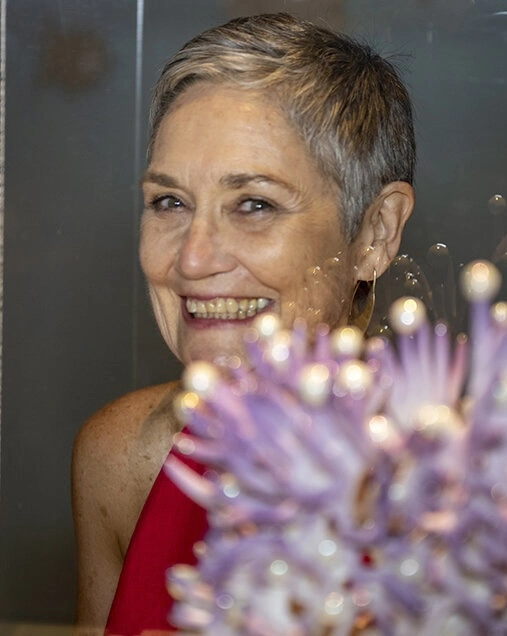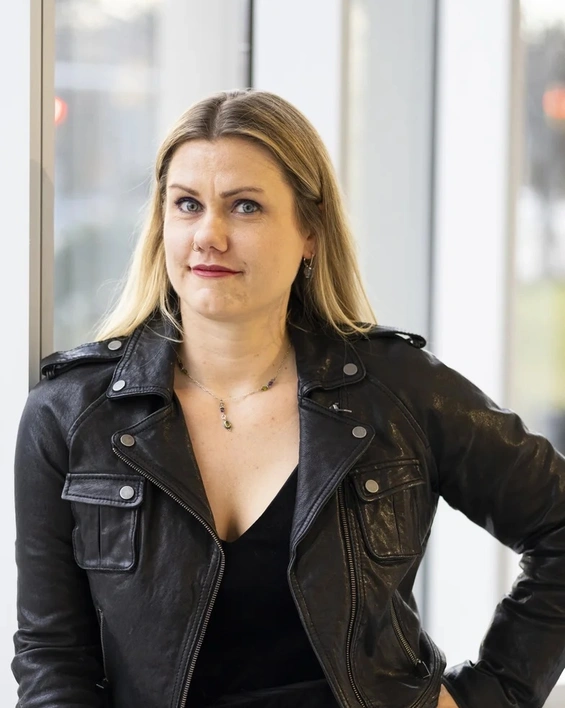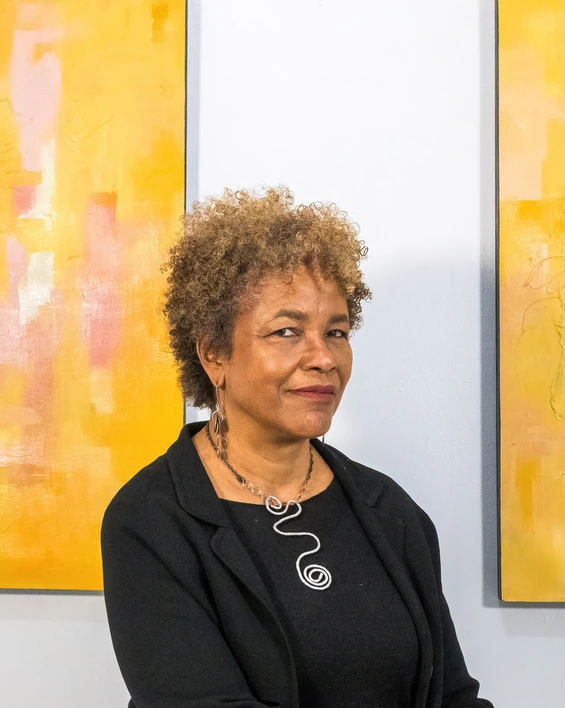TRIP: Artist in Residence
The call for applications is open on December 1, 2025 for Summer 2026. The program offers visual artists the opportunity to delve further into their practice while merging their interests in a scientific environment.
Mission
The overarching mission is to devise strategies to deploy art as a multiplier of science communication. ITMAT embeds the successful applicant for the Artist-in-Residency program into the Translational Research Immersion Program (TRIP), an existing pathway program, exposing undergraduate students at participating institutions to the Clinical Translational Sciences (CTS), beginning with a 10-week mentored summer research experience. The Artist-in-Residence is expected to engage in community outreach initiatives. This residency is particularly unique as it will provide the opportunity to build connections and create networks with a broad audience. You do not need to have a scientific background to be part of the ITMAT TRIP residency.
Residency Timeline
- Summer 2026 (May 26-July 31, 2026): Attend & Participate in the 10-week TRIP in person (~13hrs/wk)
- Fall 2026: Production & Provision of Artwork
- Winter 2026-Spring 2027: Dissemination to the Stakeholders & Communities
A stipend of $8,000 will be provided, prorated according to specific milestones described above. In addition, ITMAT will cover up to $2,000 in art-related materials. Accommodations are not provided. It is expected the artist is in-person during Summer 2026, the following months residency participation can be from afar. Applicants will be notified in early February regarding the selection committee’s decision. Historically, 1 artist is selected to participate.
Information Session
We will host an information session for prospective applicants on Tuesday, January 6th at 6:00 pm ET via Zoom.
Click here to register.
Application and Instructions
Eligibility Criteria |
Application Timeline |
|
|
Application Requirements
- CV or Resume
- Personal Statement (~1000 words)
- We want to know about your previous experience; tell us about your interest in science and art
- Project Proposal (~800 words)
- How will you use your time during the residency at UPenn?
- Project outline
- Proposed budget of how you intend to use art-related funds should be included with your project proposal
- Portfolio Submission
Previous artists-in-residence
Follow on Instagram Past Art-Science Events and News
About TRIP
The ten-week experience includes a didactic curriculum with research seminars, professional development workshops, student ‘present your work’ sessions, career panels, and social events. The artist is expected to attend the curricular components and apply additional instruments suitable for data collection, such as administering focus group discussions with TRIP students and shadowing their laboratory research environments with the permission of their PIs. The program components will enable the artist to witness the evolution of research projects by immersing themselves in the human experience unfolding among the TRIP cohort. Regular discussions with ITMAT leadership and administration during and beyond the 10 weeks will accompany the artist’s endeavors of data collection, analysis, and the translation into artwork.
Art as a Bridge: Translating and Disseminating Science for Society
The scientific community has made significant strides in research and innovation. However, a growing disconnect is evident between scientists and society, in particular communicating novel scientific findings effectively to a broader audience. To this point, a 2019 Pew Research Center survey found that while 89% of Americans view scientists as ‘intelligent’, only 54% believe they are ‘effective communicators’ 1. By 2024, that confidence declined to 45% 2. The lack of clear and accessible communication undermines public understanding, trust, and engagement with science. This puts at risk the public’s acceptance of scientific discoveries and prevents communities from accessing the benefits of advanced and emerging therapeutic modalities.
Addressing this challenge requires creative solutions that not only advances scientific discoveries but also strengthens scientist’ capacity for public engagement. Integrating disciplines like the visual and performing arts into scientific training combined with outreach initiatives can help bridge the divide. By creating a reciprocal process — where societal feedback is meaningfully integrated into the research pipeline through effective science communication — public perception of the scientific enterprise is elevated 3. At ITMAT, we established an Artist-in-Residency (AiR) and embedded artists into our Translational Research Immersion Program (TRIP) to develop a new skillset among undergraduate students, the next generation of the CTS workforce, to communicate science with accessible and culturally resonant narratives 4. This creates a mechanism for the public to share feedback in a participatory approach and thus have an impact on formulating research priorities. We propose that this scalable paradigm contributes meaningfully to rebuilding trust in science and reinforcing the social contract between biomedical research and the communities it serves.
- Funk C, Hefferon M. Most Americans have positive image of research scientists, but fewer see them as good communicators. 2019.
- Tyson A, Kennedy B. Public Trust in Scientists and Views on Their Role in Policymaking. 2024.
- Hunter P. The communications gap between scientists and public: More scientists and their institutions feel a need to communicate the results and nature of research with the public. EMBO Rep. 2016;17:1513-1515. doi: 10.15252/embr.201643379
- Skarke C, German J, Meagher EA. 156 Art as a Multiplier of Science Communication. J Clin Transl Sci. 2024;Apr 3;8(Suppl 1):47. doi: 10.1017/cts.2024.152. PMCID: PMC11026755.
Contact Us:
Carsten Skarke, MD
Director of ITMAT Undergraduate Initiatives and the Artist in Residency Program
cskarke@pennmedicine.upenn.edu
Colleen Itani, MFA
Associate Director, ITMAT Education
citani@upenn.edu




